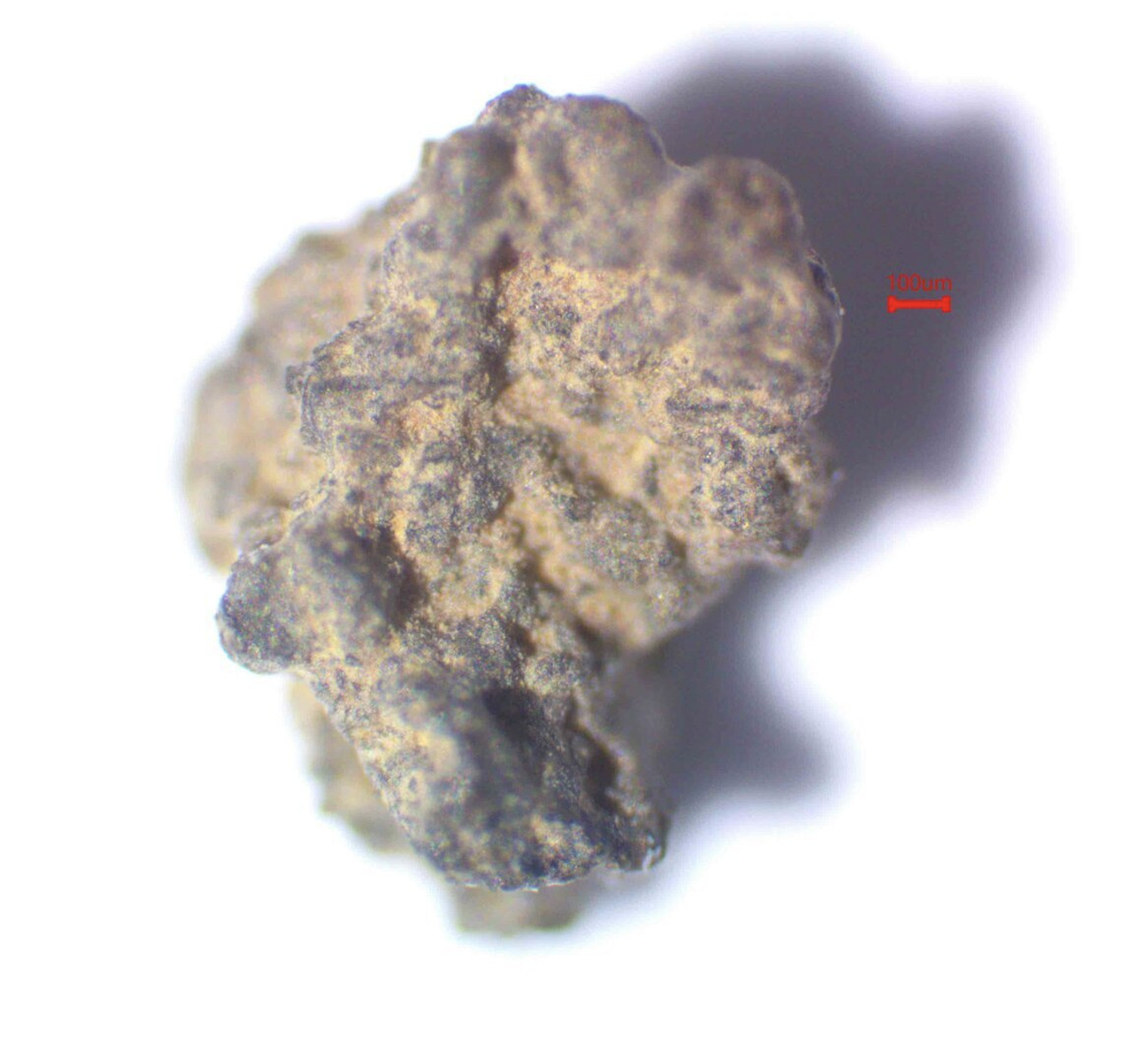Photopolarimetry of porous dust particles in preparation for the Comet Interceptor mission
- Instituto de Astrofísica de Andalucía, IAA-CSIC, Granada, Spain (efrattin@iaa.es)
INTRODUCTION
Dust is an fundamental component of the Solar System and plays a key role in the formation and evolution of the planetesimals in the protoplanetary disks. While cometary dust emitted during the activity is a remnant of the primordial material from which the solar system formed, asteroids processed surfaces provide clues about the dynamic processes involved (orbital evolution of the solar system). Understanding the nature of dust is essential for shedding light on the physical and chemical conditions involved in the early stages of planetary formation.
Comet Interceptor (ESA/JAXA) (CI) is aimed at closely observing a Dynamically New Comet (DNC) in its first approach to the inner Solar System [1]. Spacecraft B2, will carry a unique instrument, EnVisS—a fish-eye camera designed to perform in situ broadband imaging and polarimetric observations simultaneously for the first time. It will mark a significant milestone by providing the first highly resolved polarimetric measurements of cometary dust tail at phase angles beyond 120°, unreachable from ground [2].
In this framework, experimental data of the light scattered by well characterized cometary dust analogues provides a valuable benchmark to the in-situ observations.
MEASUREMENTS
In this talk I will present experimental Phase Fucntion (PF) and Degree of Linear Polarization (DLP) curves for a selected set of porous dust particles with sizes spanning from the micron- up to mm- size range. This experimental project is devoted to study the effect of composition, and aggregate size and porosity on the PF and main DLP curve features in the regions of maximum, inversion and minimum polarization. These measurements will provide a significant reference to the interpretation of the data obtained by EnVisS, the camera onboard the Comet interceptor ESA mission.
Special attention will be paid to the new measurements of randomly oriented mm-sized porous aggregates.
The measurements have been taken at the IAA Cosmic Dust Laboratory (CODULAB) [3] using an ultrasonic levitator to locate the dust aggregate at the scattering volume [4]. The measured PF and DLP curves are performed at 640 nm spanning from 4 to 177 degrees scattering angle range. As an example in Figure 1 I present preliminary PF and DLP curves for a porous particle in random orientation. Figure 2 shows the optical image of the studied grain of about 1 mm selected from a bulk JSC Martian dust analogue sample. The refractive index at the measured wavelength is n = 1.5 + i0.6*10-3 [5]. The PF curve two well-defined regions: strong forward lobe in the 4° to ∼20° scattering angle range and an increase with decreasing phase angle from ∼20° to 177°. The measured DLP curves shows the typical bell shape for irregular particles. The maximum of the DLP curve is placed at 50 degrees. i.e., it is shifted toward smaller scattering angles than in the case of a cloud of JSC Martian analog micron-sized particles. Further, the DLP shows a negative branch at backward direction with an inversion angle equal to 159 degrees.
This work is part of an ongoing experimental project devoted to understand photopolarimetric behavior of dust in asteroids and comets. All experimental data are freely available at the Granada-Amsterdam light scattering database scattering.iaa.es [6, 7, 8, 9].
Figure 1 . Preliminary PF and DLP curves for a porous particle in random orientation.

Figure 2. Optical image of the studied grain selected from a bulk JSC Martian dust analogue sample, the scale is equal to 100 microns.
References
[1] Jones G.H. et al., The Comet Interceptor Mission. SSR, Vol.220, 2024.
[2] Da Deppo V. et al. The Entire Visible Sky (EnVisS) imager for the Comet Interceptor ESA mission. EPSC2022-273.
[3] Muñoz et al., The IAA cosmic dust laboratory: Experimental scattering matrices of clay particles. Icarus, Vol. 211, pp. 894-900, 2011.
[4] Colin et al., An acoustic levitator for use in light scattering experiments at the IAA Cosmic Dust Laboratory. in prep
[5] Martikainen et al., Optical constants of Martian dust analogs at UV-visible-Near-infrared wavelengths. ApJS, vol. 268 (47), 2023.
[6] Muñoz et al., The Amsterdam-Granada Light Scattering Database, JQSRT, Vol.113, pp. 565-574, 2012.
[7] Gómez-Martín et al., On the application of scattering matrix measurements to detection
and identification of major types of airborne aerosol particles: Volcanic ash, desert dust and pollen JQSRT, Vol.271, 2021.
[8] Muñoz et al., Retrieving Dust Grain Sizes from Photopolarimetry: An Experimental Approach. ApJS, Vol. 256, pp.17, 2021.
[9] Frattin et al., Experimental phase function and degree of linear polarization curve of olivine and spinel and the origin of the Barbarian polarization behaviour. MNRAS, Vol. 517, pp. 5463-5472, 2022.
How to cite: Frattin, E.: Photopolarimetry of porous dust particles in preparation for the Comet Interceptor mission, Europlanet Science Congress 2024, Berlin, Germany, 8–13 Sep 2024, EPSC2024-1028, https://doi.org/10.5194/epsc2024-1028, 2024.